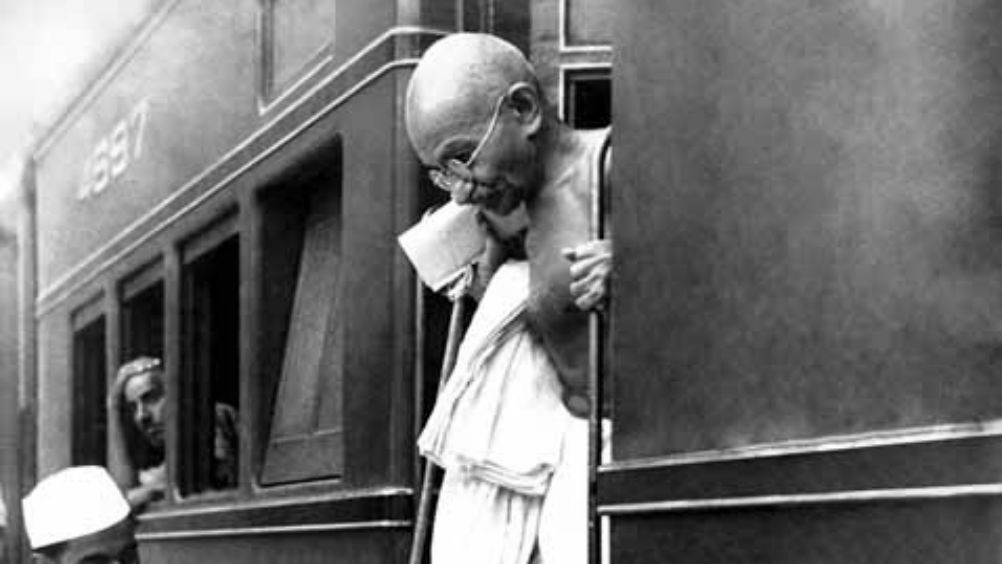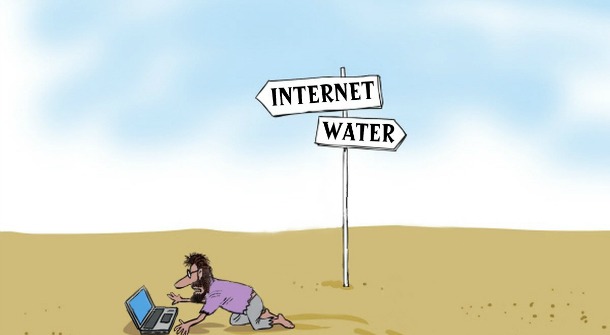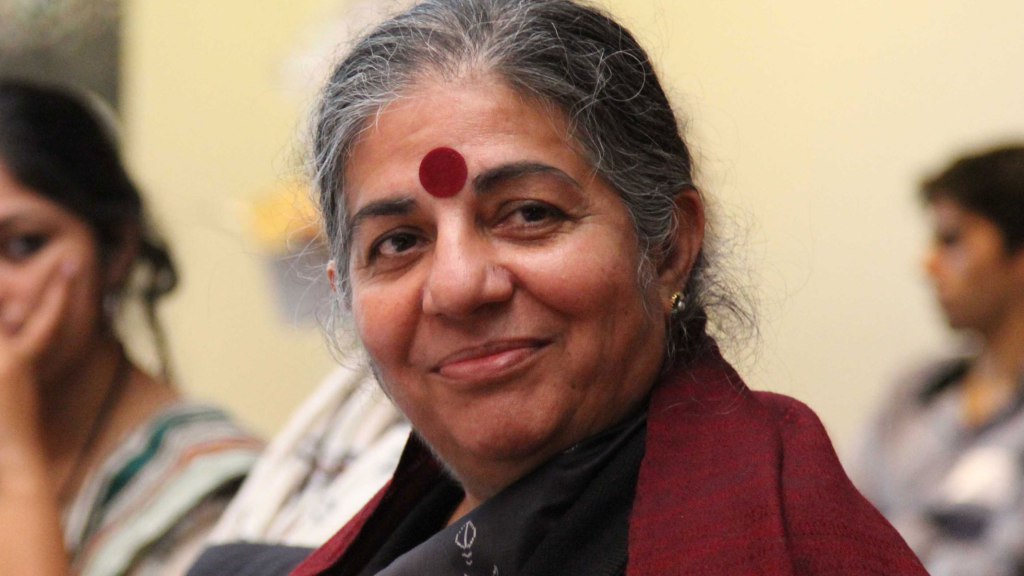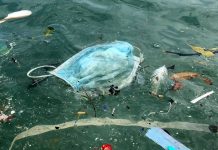DEVELOPMENTAL AGENDAS
The struggle to save the water resources and natural habitats of crocodiles in Kolhapur is not just an ecological concern, the damage of environment and local livelihoods in favor of relentless developmental agendas shall lead to adverse consequences in the future.
Rajeshwari | The New Leam
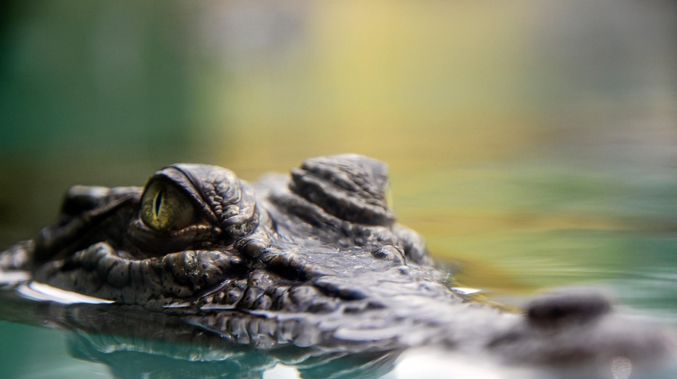
Human activity has drastically modified the natural habitats, often resulting in pollution, introduction of feral animals and weeds, climate change, changes in the availability of food, encroachment of settlements belonging to the wildlife, etc. The more rampant the human activity, with more people settling in to fight over limited resources available, more inevitable is the conflict between the human and the wildlife inhabiting the area.
Over the last five years, there has been a steady increase in the crocodile sightings along the villages in Krishna riverbank, with the locals reporting that they come in contact with at least one crocodile every day. Krishna River is the biggest source of water and sand in western Maharashtra. Apart from irrigating thousands of hectares of land and being a source of drinking water for lakhs of people, it also provides sand for construction and development work. Every year, the district administration gains Rs 100 crore from sand mining by allocating 120 patches to riverbed to the private contractors.
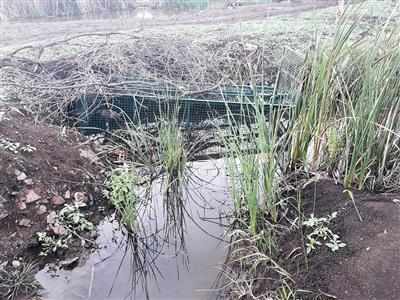
According to the locals as well the experts, humans and crocodile have peacefully co-existed over the Krishna river belt for last 50 years. However, enormous sand mining over the last decade has led to severe natural habitat destruction of the crocodiles, forcing them to migrate towards human settlements. The contractors often use suction pumps, earth-movers and excavators that damages the ecosystem of the river. It also destroys the bushes on the riverbanks which are used by the crocodiles to lay eggs. The over mining activity in these areas, often illegal, has pushed Kolhapur region towards the cusp of ecological crisis, resulting in human- crocodile conflict, and damaging the ecosystem of the river bank by lowering the water holding capacity of the riverbed.
The situation in Kolhapur demands an interdisciplinary approach to understanding the crisis. It calls for a serious debate on irresponsible human activity at the expense of drastically altering the socio-environmental fabric of the ecosystem. While the impending threat of human-crocodile conflict is immanent, the situation demands immediate action to be taken against the indiscriminate sand mining and coming up with effective strategies to address this issue. Despite being a massive law and order problem and a serious hazard for the riverbank ecosystem, sand mining often gets sidelined by the Centre and the state.
It never becomes an electoral issue, calling for effective policy design and designing enclosures to ensure safety of the wildlife. Embroiled within political controversy, sand mining mafia often functions as a cottage industry for jobless youth from the neighborhood to get work. With the involvement of community youth and the mafia being tied up with the vote banks, there is a lack of political will to address it.
The demand for sand has risen rapidly in recent decade. Its seeming abundance makes it particularly vulnerable to illegal mining. Illegal sand mining has been a major issue for ecological crisis in several other parts of the country including Kolhapur. The real estate boom in the last decade, promising $180 billion annually by 2020, demands 500 million metric tons of sand every year. Illegal sand extraction apart from leading to the loss of natural habitat and destroying the food chain in the ecosystem, also has consequences as groundwater depletion, loss of land for agriculture, damages to the road and bridges, etc. The uneven depths and creeks caused by the illegal sand mining, poses threat not just to miners, but also to all those who are using rivers by sparking currents and whirlpools leading to drowning.
A report that appeared in 2017, mentions the extent of manual mining that takes place, with Mumbai and Gujarat being hotspots for extraction. In Mumbai’s Vasai creek area alone, 75000 men from the poorest economic background have been contractually employed to extract 2000-4000 kg of sand from the depths of the river manually. The workers, the report mentions, often work in hazardous conditions with minimum safety regulations and suffer from health issues. The dangerous nature of the work often results in the drowning of the workers with most of the deaths going unreported.
The struggle to save the water resources and natural habitats of crocodile in Kolhapur is not just an ecological debate, its ramifications has its impact in human rights violations by putting the local community and their livelihood at threat to satiate the march towards development. Apart from talking about the human wildlife conflict, the debate also needs to address the rampant developmental work and its hazardous impact, innovative and affordable alternatives for sand resources, and actively involving the local community in the protection of their ecosystem.
While on one side there is negligence and reticence by government to tackle the issue of illegal sand mining, the NGOs are working with the villagers to create awareness about crocodile habitat, lifestyle pattern and what steps to take when they encounter these giant reptiles. While the conservation organizations and environmentalists are working with local people by providing them with training to co-exist with the crocodiles in the altered habitat situation, the groups feel that there is hardly any contribution from the government in addressing the issue of sand mining and coming up with an intervention plan. Over the years, the locals have cooperated with the efforts taken by the environmentalists for peaceful co-existence and the certain village panchayats have banned sand-mining, the active involvement of government is crucial in this juncture. Apart from working towards creating closed enclosures where the crocodiles can move around safely without the threat of human intervention, it is also essential to look at the state of water resources and the depletion of riverbank, putting the village community at the center.
Every fight for ecological justice is also a social justice fight. Time and again it has been observed that any changes in the local ecosystem through human activity, has not just impacted the wildlife, it also adversely affects the local community putting them at risk to health afflictions, livelihood threat, and adverse living conditions. Such debate requires active involvement from the government through its enforcement of laws and an aware community that is equipped to protect its ecosystem.


